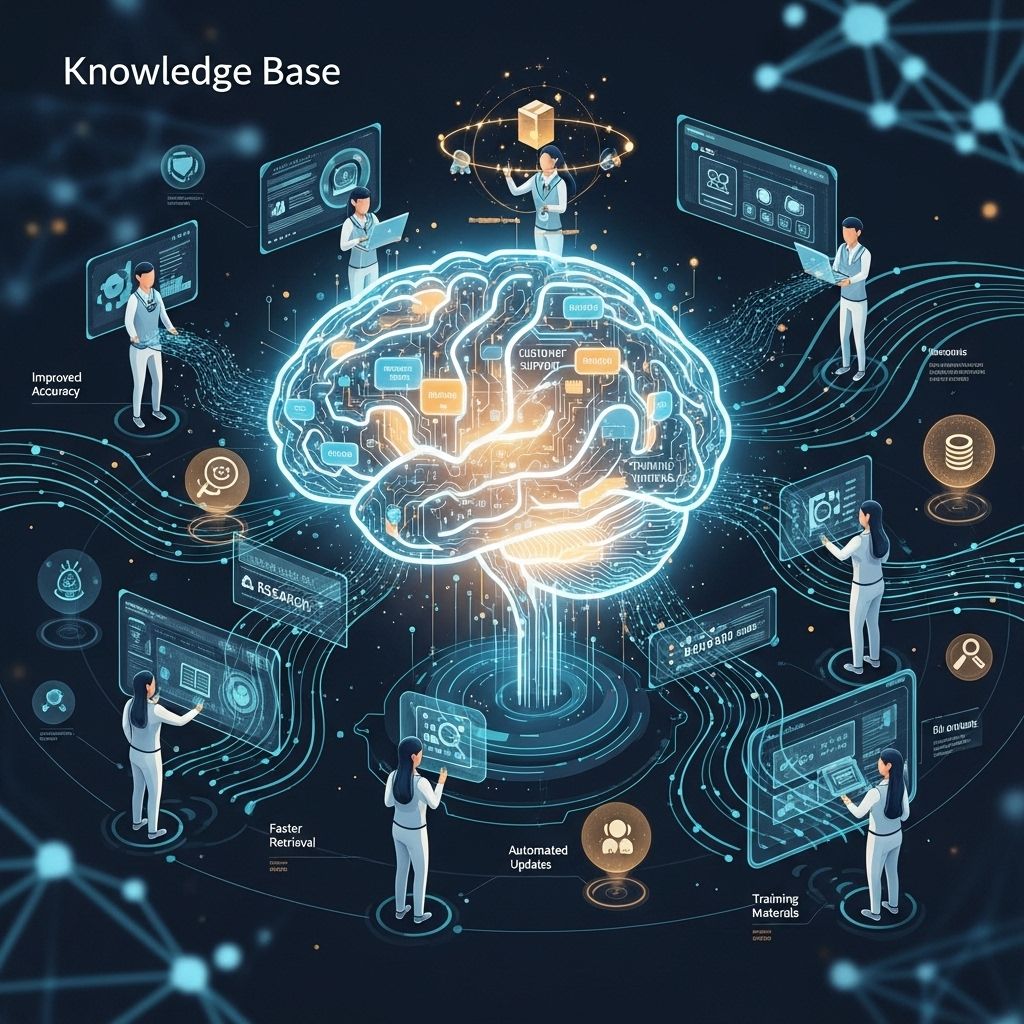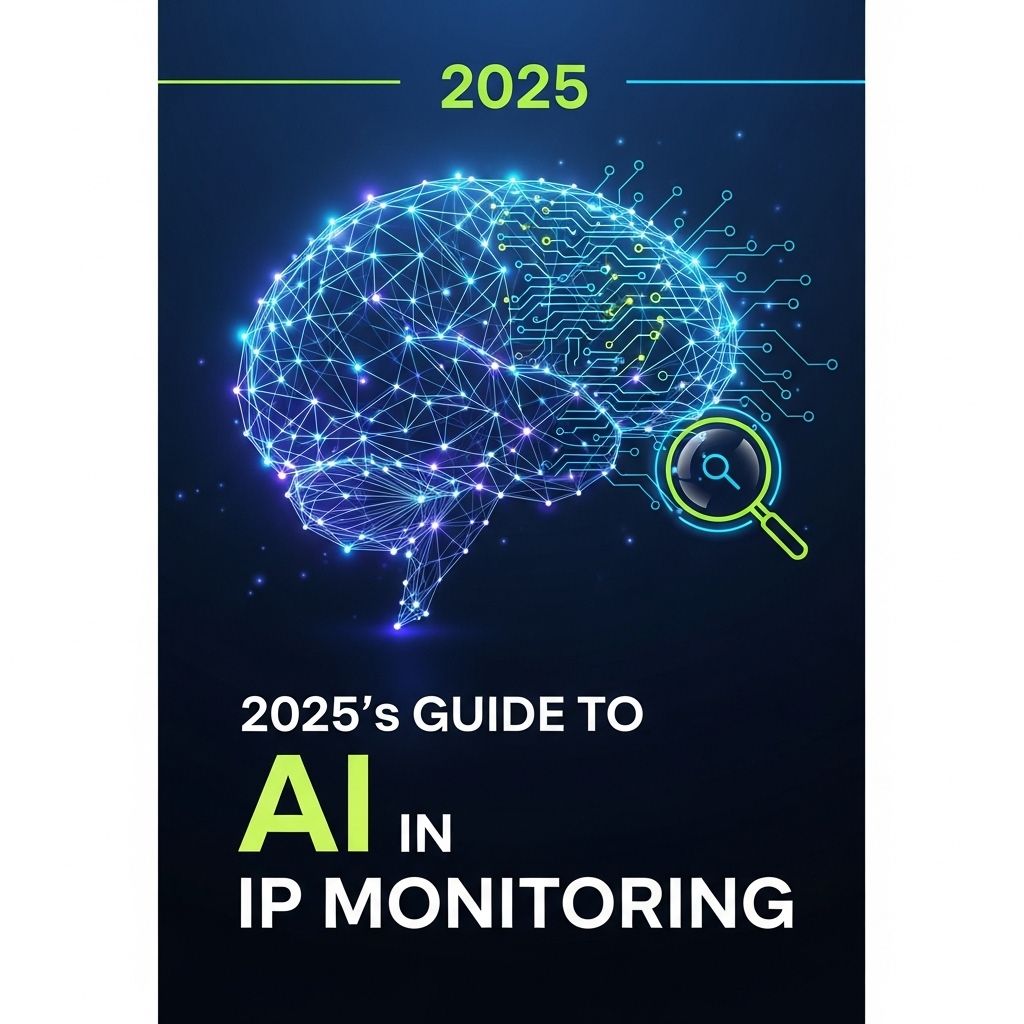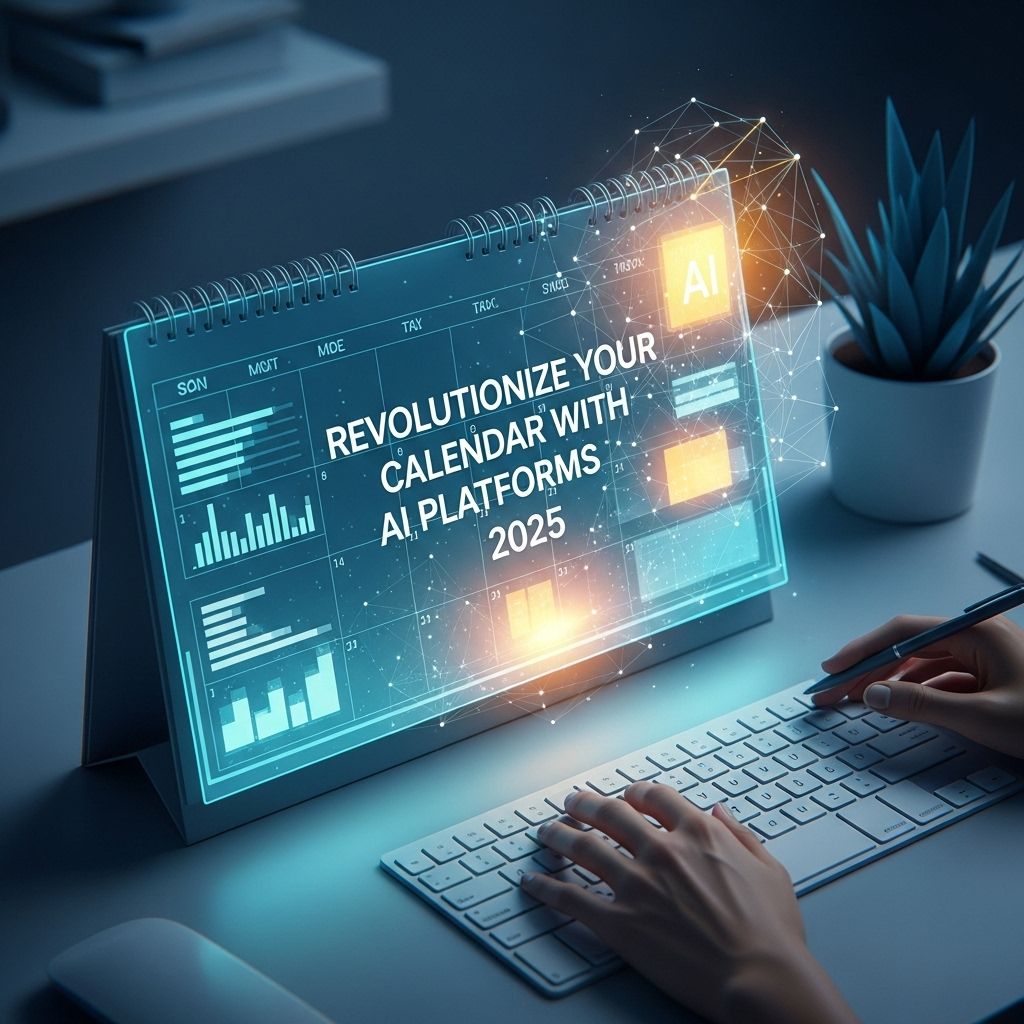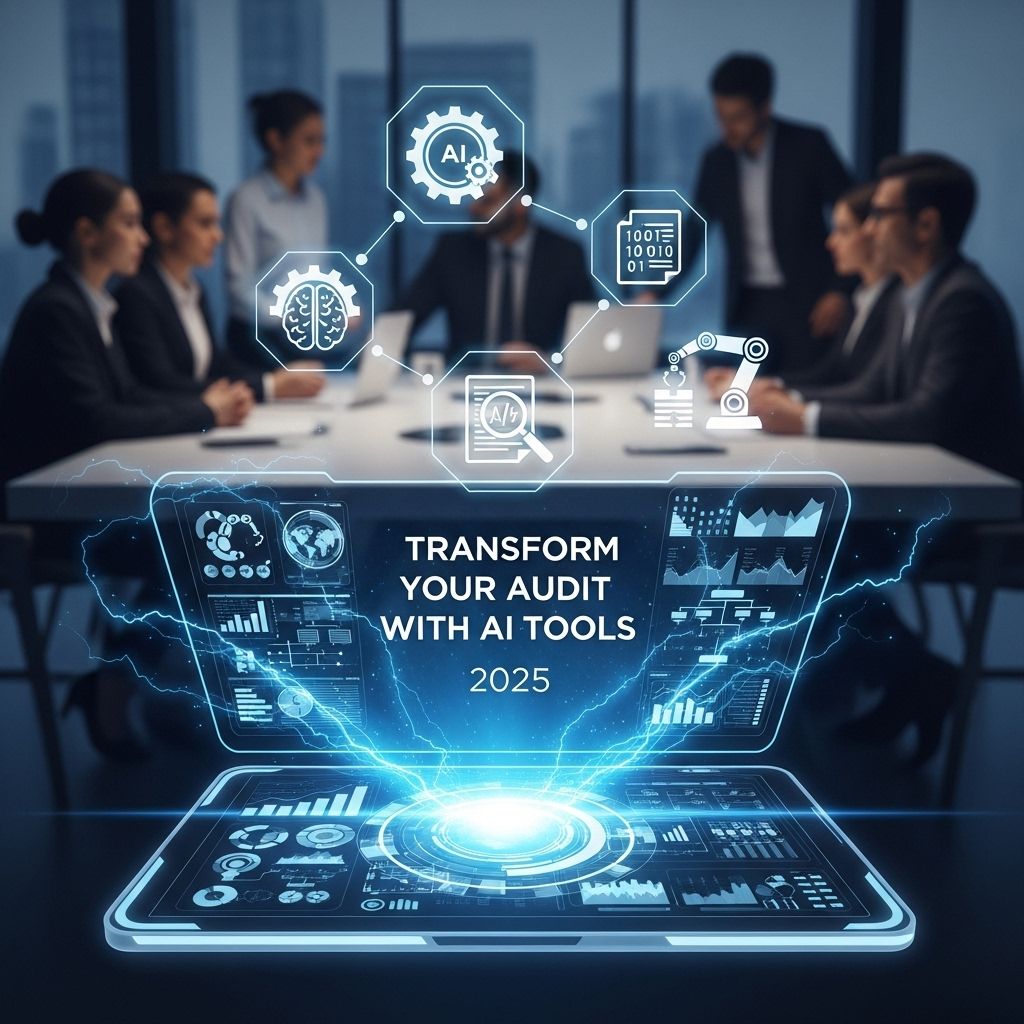Unlock Efficiency with Data Center Modernization
Discover how data center modernization can enhance efficiency for enterprises, streamline operations, and reduce costs in today's digital landscape.
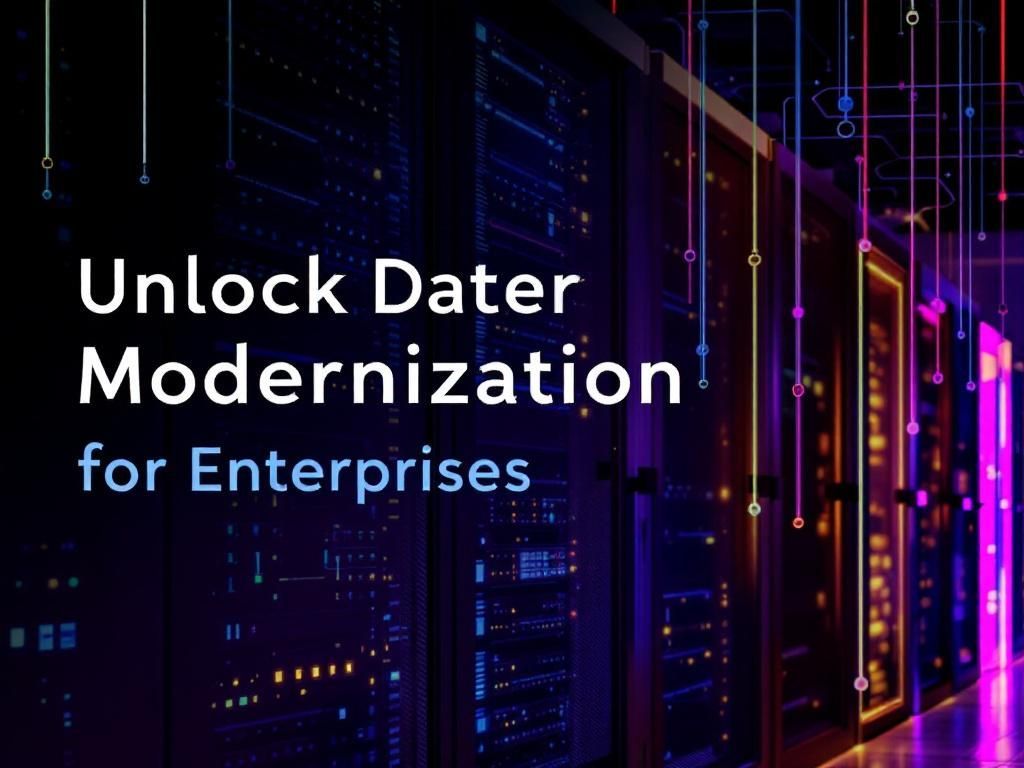
In today’s fast-paced digital landscape, enterprises face the pressing need to adapt and innovate. The efficiency of operations often hinges on the effectiveness of their data centers. As technology evolves, the modernization of these critical facilities emerges as a strategic initiative that can lead to significant enhancements in performance, scalability, and sustainability. This article delves into the intricacies of data center modernization, exploring its key components, benefits, and strategies that organizations can adopt to stay ahead in the competitive tech arena.
Table of Contents
Understanding Data Center Modernization
Data center modernization refers to the process of upgrading and transforming the infrastructure, architecture, and operations of existing data centers to better align them with contemporary business needs and technological advancements. This involves not only hardware upgrades but also software improvements, enhanced security measures, and the adoption of cloud technologies.
Key Drivers of Modernization
- Increased Demand for Data Processing: With the rise of big data analytics, IoT, and AI, the requirement for efficient data processing has skyrocketed.
- Cost Efficiency: Legacy systems often lead to inflated operational costs. Modernized data centers can dramatically reduce these expenses through optimized resource usage.
- Scalability: Modern data centers are designed to scale easily with business growth, allowing for increased capacity without significant overhauls.
- Enhanced Security: Upgrading technology provides stronger security measures against data breaches and cyber threats.
Components of a Modern Data Center
To effectively modernize a data center, organizations should focus on several critical components:
1. Infrastructure Upgrades
Outdated hardware can hinder performance and efficiency. Key upgrades include:
- High-Efficiency Servers: Investing in energy-efficient servers can lead to both operational cost savings and reduced carbon footprints.
- Advanced Networking Equipment: Upgrading to next-gen networking technologies ensures faster data transfer and improved connectivity.
- Storage Solutions: Implementing high-performance SSDs and hybrid storage systems can significantly enhance data access speeds.
2. Virtualization and Cloud Integration
Virtualization allows multiple virtual machines to run on a single physical server, maximizing resource utilization. Integrating cloud services can further enhance flexibility and scalability. Key strategies include:
- Adopting a hybrid cloud approach that combines on-premise infrastructure with public cloud resources.
- Implementing containerization technologies like Docker and Kubernetes for efficient application deployment.
3. Automation and Orchestration
Automation reduces human error and increases efficiency. Key automation strategies include:
| Automation Task | Description |
|---|---|
| Resource Allocation | Automatically assign resources based on workload demands. |
| Monitoring and Alerts | Set up automated alerts for performance metrics and potential issues. |
| Backup and Recovery | Automate data backup processes and streamline disaster recovery plans. |
The Benefits of Modernizing Data Centers
The advantages of modernizing data centers extend far beyond immediate performance improvements:
1. Improved Operational Efficiency
Modern infrastructures support better resource allocation, reducing waste and improving overall operational efficiency.
2. Enhanced Agility and Flexibility
Organizations can quickly respond to market changes with scalable resources and agile architectures.
3. Strengthened Security Posture
Modern security protocols and technologies drastically reduce vulnerabilities, protecting sensitive data.
4. Environmental Sustainability
Energy-efficient technologies contribute to a lower carbon footprint, aligning businesses with sustainability goals.
Strategies for Successful Modernization
Implementing a modernization strategy requires careful planning and execution. Here are some essential steps to consider:
1. Conduct a Comprehensive Assessment
Start with an in-depth assessment of current infrastructure and workloads. Understand the specific needs of your organization and identify legacy systems that require immediate attention.
2. Develop a Modernization Roadmap
Create a phased roadmap that outlines the transition to modern infrastructure. Prioritize initiatives based on business impact and resource availability.
3. Invest in Training and Skills Development
Ensure that your IT staff is equipped with the knowledge and skills needed to manage and optimize modernized systems. Regular training programs and certifications can enhance their capabilities.
4. Leverage Vendor Partnerships
Collaborate with trusted vendors who specialize in data center technologies. Their expertise can provide valuable insights and help mitigate risks during the modernization process.
Conclusion
The journey of data center modernization is not a one-time effort but an evolving strategy that aligns with the dynamic needs of the enterprise landscape. By embracing the latest technologies and practices, organizations can unlock a new level of efficiency, agility, and resilience, ultimately driving their success in an increasingly competitive marketplace. As the digital era continues to unfold, staying ahead through continuous modernization will be key to thriving in the future.
FAQ
What is data center modernization?
Data center modernization refers to the process of upgrading and transforming existing data center infrastructure and operations to improve efficiency, scalability, and performance.
Why is data center modernization important for enterprises?
Data center modernization is crucial for enterprises as it enhances operational efficiency, reduces costs, improves security, and enables organizations to leverage emerging technologies like cloud computing and AI.
What are the key components of a modernized data center?
Key components of a modernized data center include virtualization, automation, cloud integration, enhanced security measures, and energy-efficient technologies.
How can data center modernization impact business agility?
Modernizing data centers can significantly improve business agility by allowing faster deployment of resources, enabling quicker responses to market changes, and facilitating easier integration of new technologies.
What challenges might enterprises face during data center modernization?
Enterprises may encounter challenges such as budget constraints, resistance to change from staff, data migration complexities, and ensuring minimal downtime during the transition.

